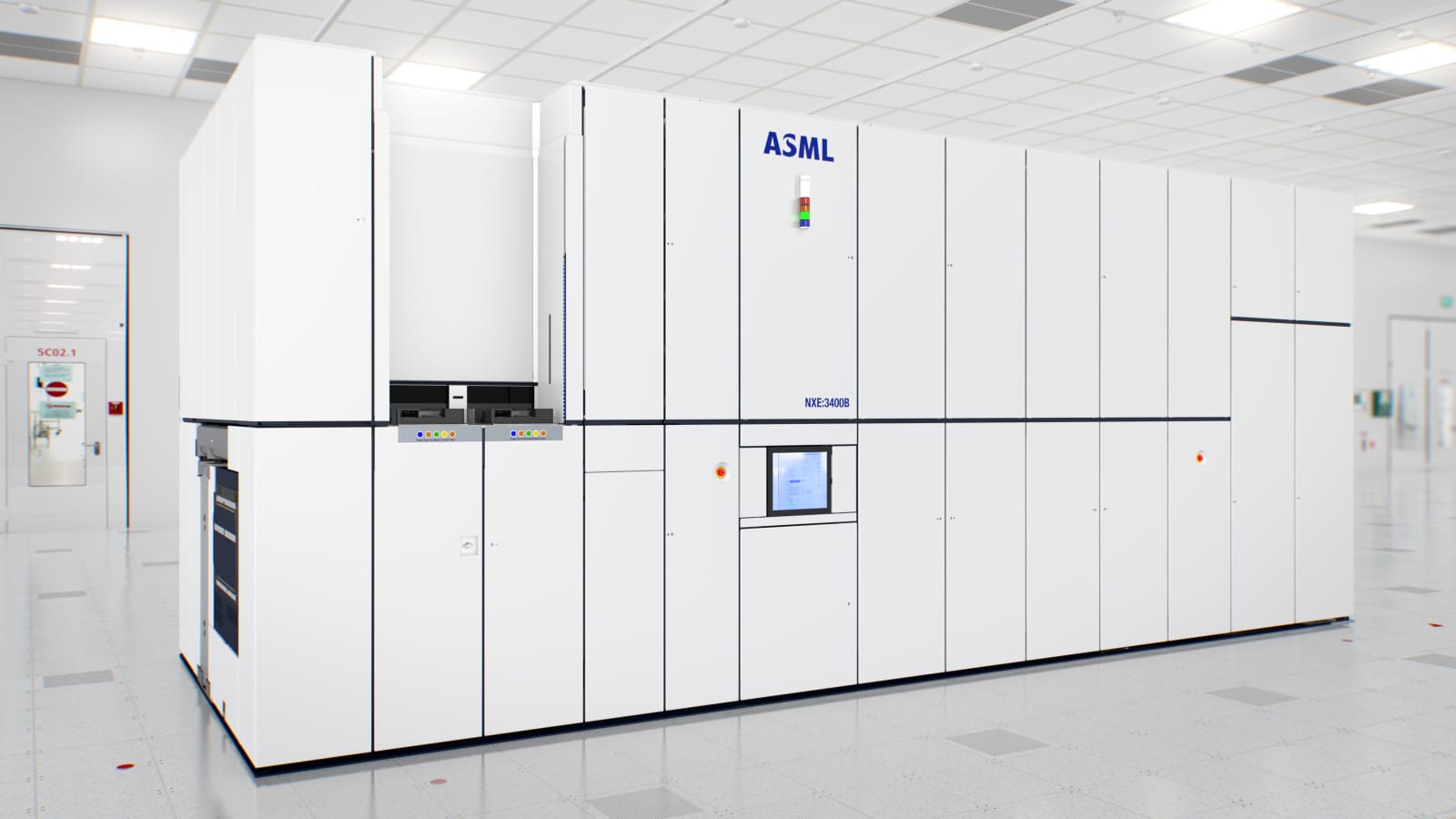ASML's Q3 Update - The Moat holds
ASML’s Q3 missed on revenue but beat on EBIT, with €5.4 billion in bookings and standout EUV orders. Guidance lifts Q4 above models and keeps 2025 on a ~15% growth track—while 2026 is “not below” 2025.

ASML’s third quarter did little to change the plot—and plenty to sharpen the focus on 2026. The Dutch lithography champion posted €7.5 billion in sales, a 51.6% gross margin and €2.1 billion in net income. Orders held up at €5.4 billion, with a standout €3.6 billion from EUV tools. Management guided fourth-quarter revenue to €9.2–€9.8 billion with a 51%–53% gross margin and reiterated full-year 2025 growth of ~15% with ~52% margins—then added the line investors most wanted to hear: 2026 sales should not be below 2025.
Against that, the geographic mix is shifting. ASML said China revenue will “decline significantly” in 2026 after two very strong years, a comedown that tracks with the sector’s pull-forward boom and tightening export rules. The Netherlands partially revoked licenses for some advanced DUV immersion systems at the start of 2024, and updated U.S. controls took effect late 2024, further narrowing what Chinese fabs can buy. Put simply: a stockpiling surge in 2023–25 is rolling off just as restrictions bite harder.
Operationally, the quarter was better than the top line implies. Revenue landed a touch below Visible Alpha’s consensus, but EBIT of roughly €2.5 billion came in about 2% ahead. Bookings of €5.4 billion were broadly in line with aggregate estimates, while EUV orders at €3.6 billion materially outpaced consensus (~€2.2 billion). The new Q4 guide implies revenue, gross profit and EBIT modestly ahead of prevailing models. In other words, the cadence into year-end looks more like a normalization than a slowdown.
The structural demand story still runs through AI—and it’s widening. ASML flagged “continued positive momentum” in AI-led investments across leading-edge logic and advanced DRAM, and said EUV adoption keeps broadening in memory. High-NA EUV is quietly progressing from curiosity to capability: customers have now run more than 300,000 wafers on High-NA systems, with maturity tracking ahead of where Low-NA EUV stood at a similar point in its life. That matters for both throughput and lithography intensity as nodes shrink and patterning steps multiply.
Two additional markers for 2026: first, ASML continues to seed productivity gains by embedding AI across its portfolio via a new partnership with Mistral AI—a bet that smarter software can squeeze more availability and yield from every tool on the floor. Second, industry spending forecasts are drifting higher. Independent trackers now peg wafer-fab equipment outlays rising by roughly high single digits in 2026, a backdrop that would help offset China’s air pocket if AI datacenter builds and DRAM upgrades stay on track.
The takeaway: ASML’s print keeps the “AI capex engine” humming even as China normalizes. The company’s order mix—anchored by EUV and buttressed by High-NA progress—supports management’s view that 2026 can be flat to up versus 2025. January’s update should add precision; for now, the numbers and the narrative are still aligned.
Author

Investment manager, forged by many market cycles. Learned a lasting lesson: real wealth comes from owning businesses with enduring competitive advantages. At Qmoat.com I share my ideas.



